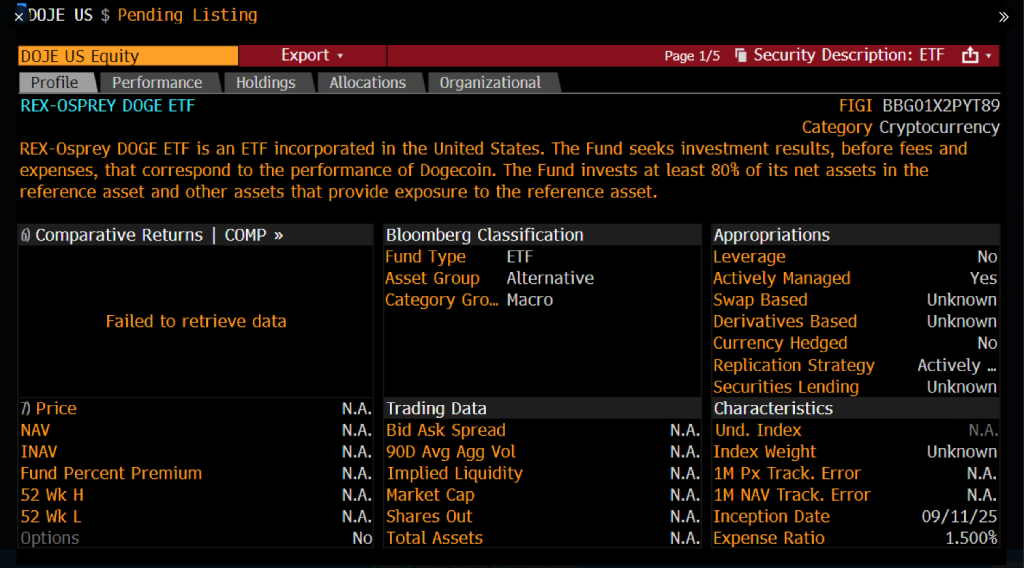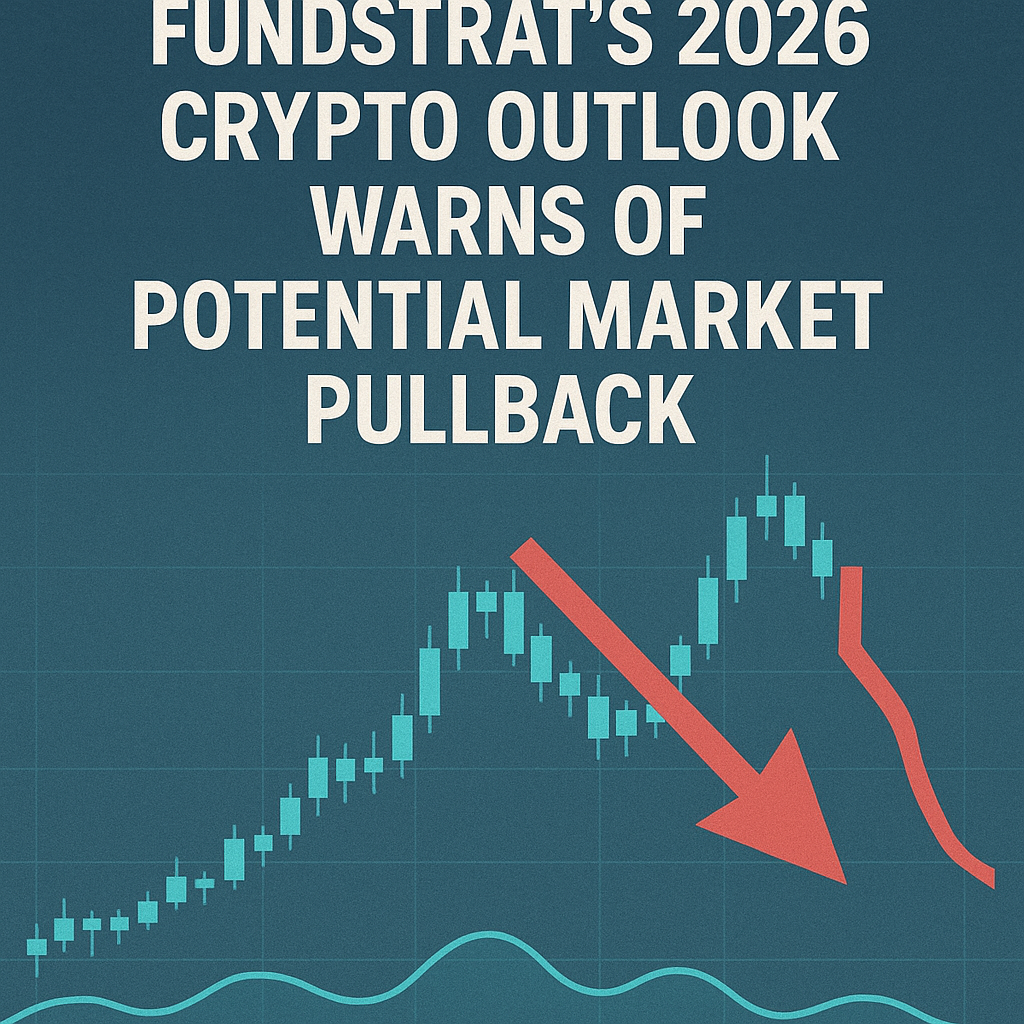A Dogecoin exchange-traded fund with the ticker DOJE is set to start trading in the US on September 11, 2025. According to reports, the fund is being launched by REX-Osprey and will provide US investors a regulated way to gain exposure to DOGE without holding the coin directly.
Eric Balchunas, a senior ETF analyst at Bloomberg, told market watchers that the fund will hold an asset with “no utility on purpose,” and he publicly challenged supporters to point to clear real-world uses for Dogecoin beyond community interest and trading.
Analyst Asks Supporters To Show Practical Uses
According to Balchunas, DOJE will be the first US ETF that openly holds an asset whose backers say lacks practical functions. He pushed the community to list where DOGE is used as more than a token of speculation or culture.
The Doge people (what do you call them, Doge-rs?) are objecting to my “no utility” comment. But the coin was literally started by two guys as a joke. So what’s the utility? https://t.co/6YtQPnCOTx
— Eric Balchunas (@EricBalchunas) September 9, 2025

Some in the Dogecoin community pointed to limited payment tests and merchant experiments, while others emphasized the coin’s long history of publicity and social attention.
Reports also note the fund is being structured under the Investment Company Act of 1940 instead of the Securities Act of 1933, a choice that has drawn extra scrutiny.
Why Utility Matters For Investors
Investors typically seek ways to value an asset beyond pure sentiment. Utility can mean things like payment rails, governance roles, or fuel for smart contracts — uses that create sustained demand.
When those uses are limited, price moves can be driven mainly by headlines and momentum. That makes risk evaluation harder for portfolios that require steady, predictable exposures.
Some market participants counter that brand recognition, liquidity, and culture can still produce buyer interest, at least while markets are favorable.
Less Common Legal RouteBased on reports, the legal route chosen for DOJE is unusual for a crypto-linked spot fund. Filing under the 1940 Act instead of the 1933 Act carries different compliance and custody implications.
Few ETFs have taken this exact path for a memecoin-style asset, and observers say they will watch how custody and regulatory reviews play out once trading begins.
Traders and institutions may treat the fund differently because of the structure and the questions raised over utility.
Featured image from Unsplash, chart from TradingView












 Bengali (Bangladesh) ·
Bengali (Bangladesh) ·  English (United States) ·
English (United States) ·